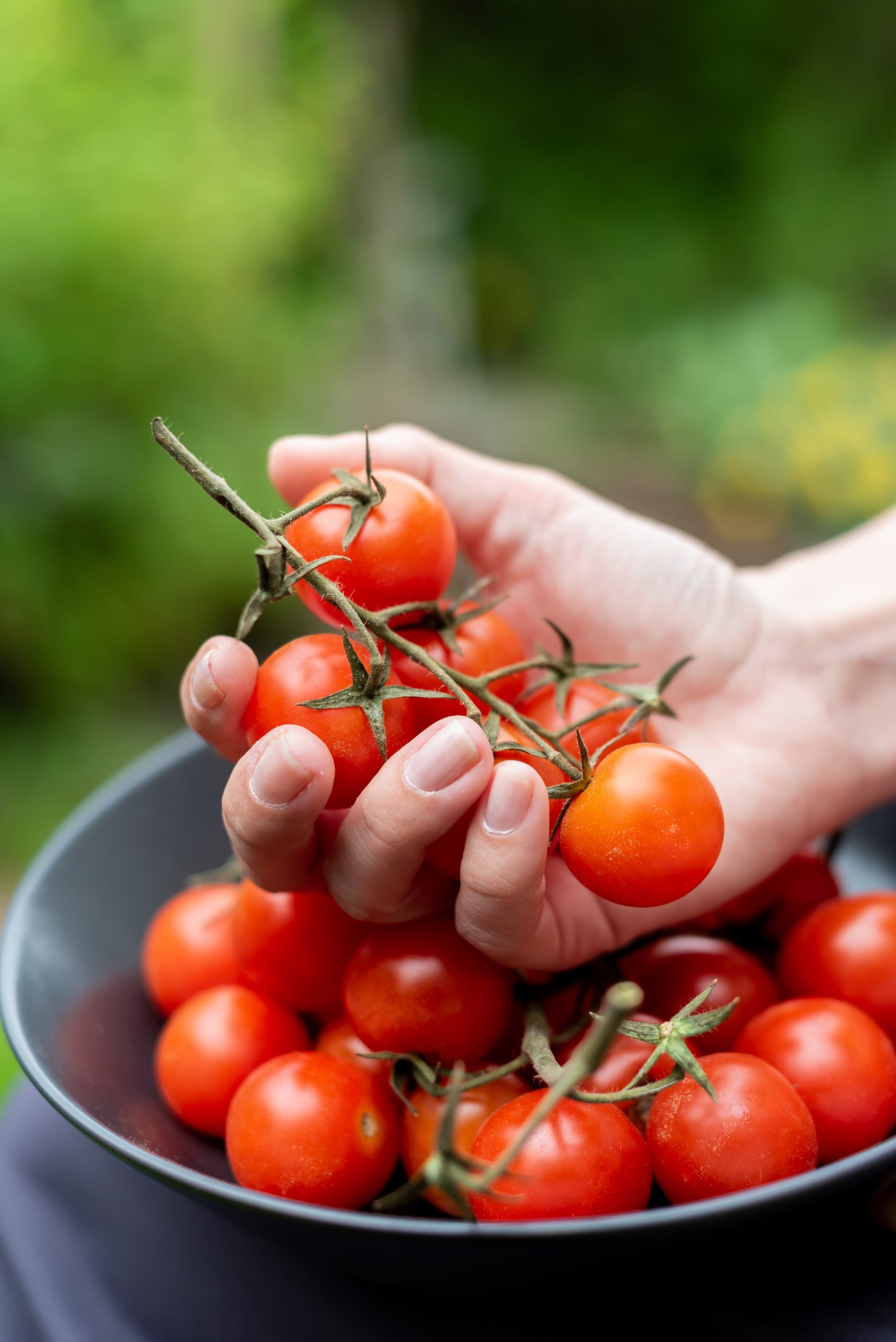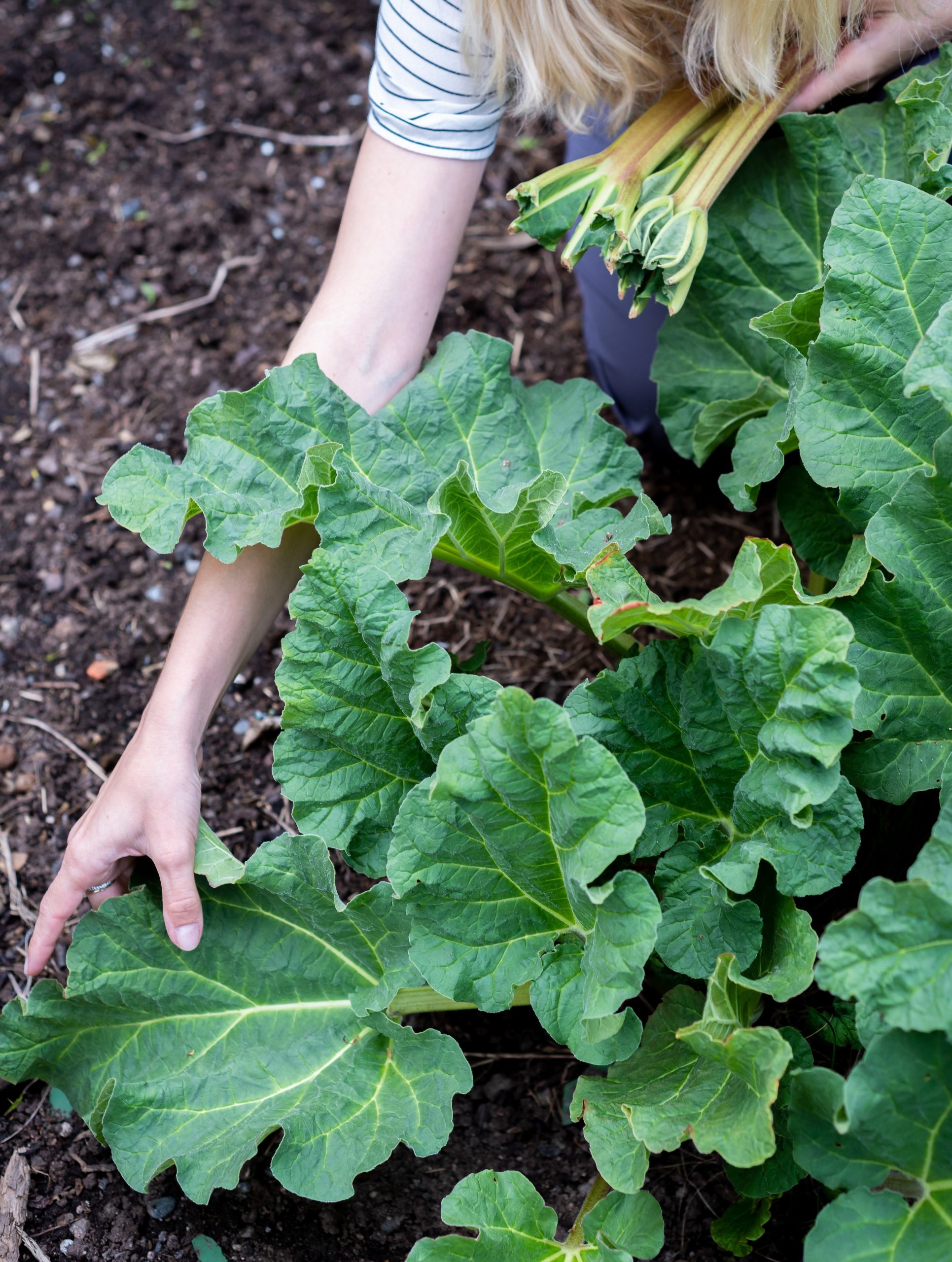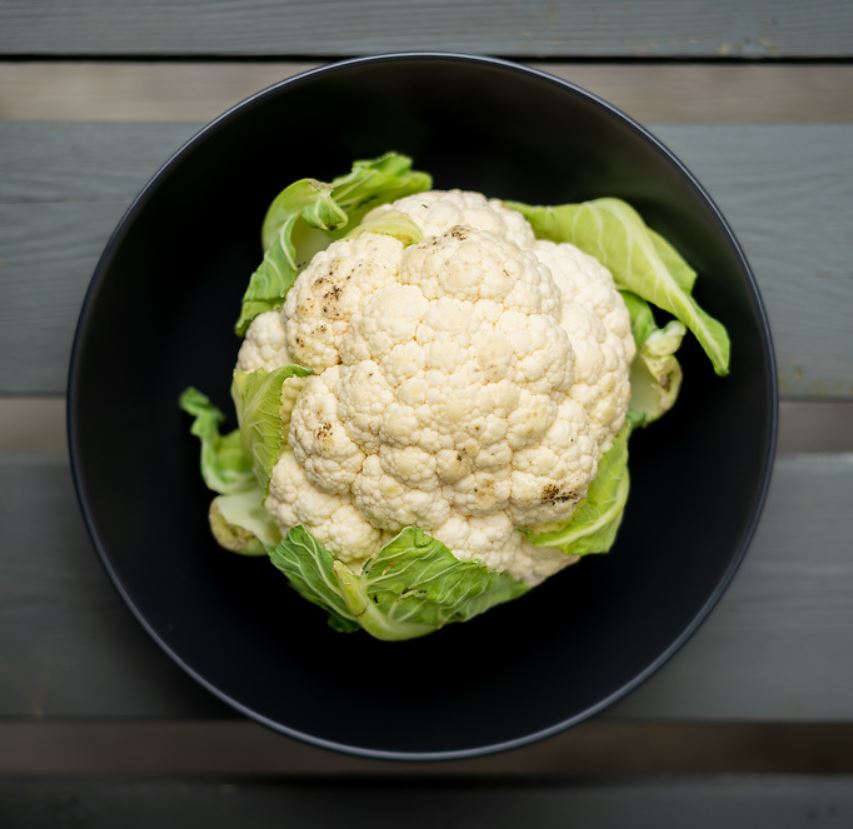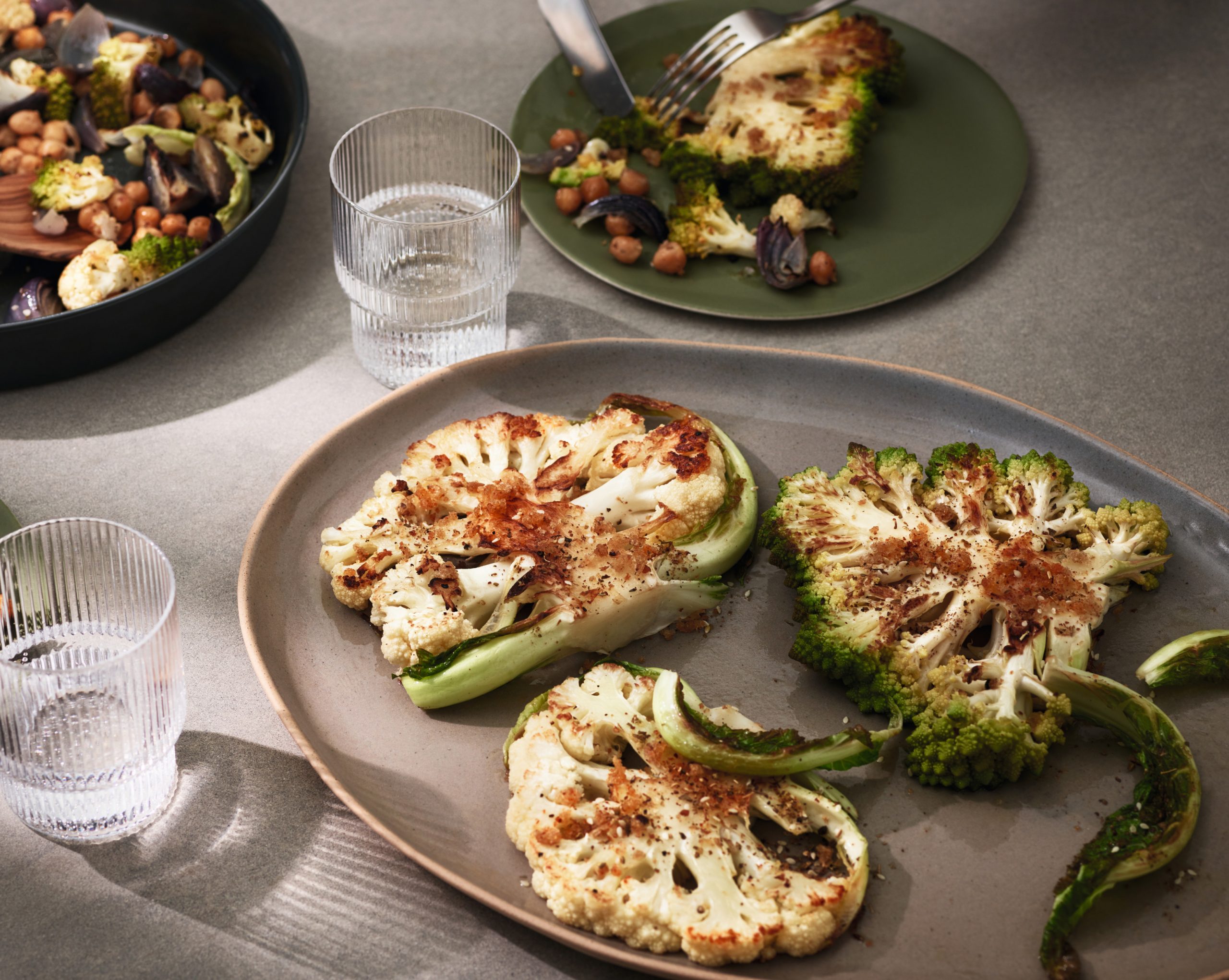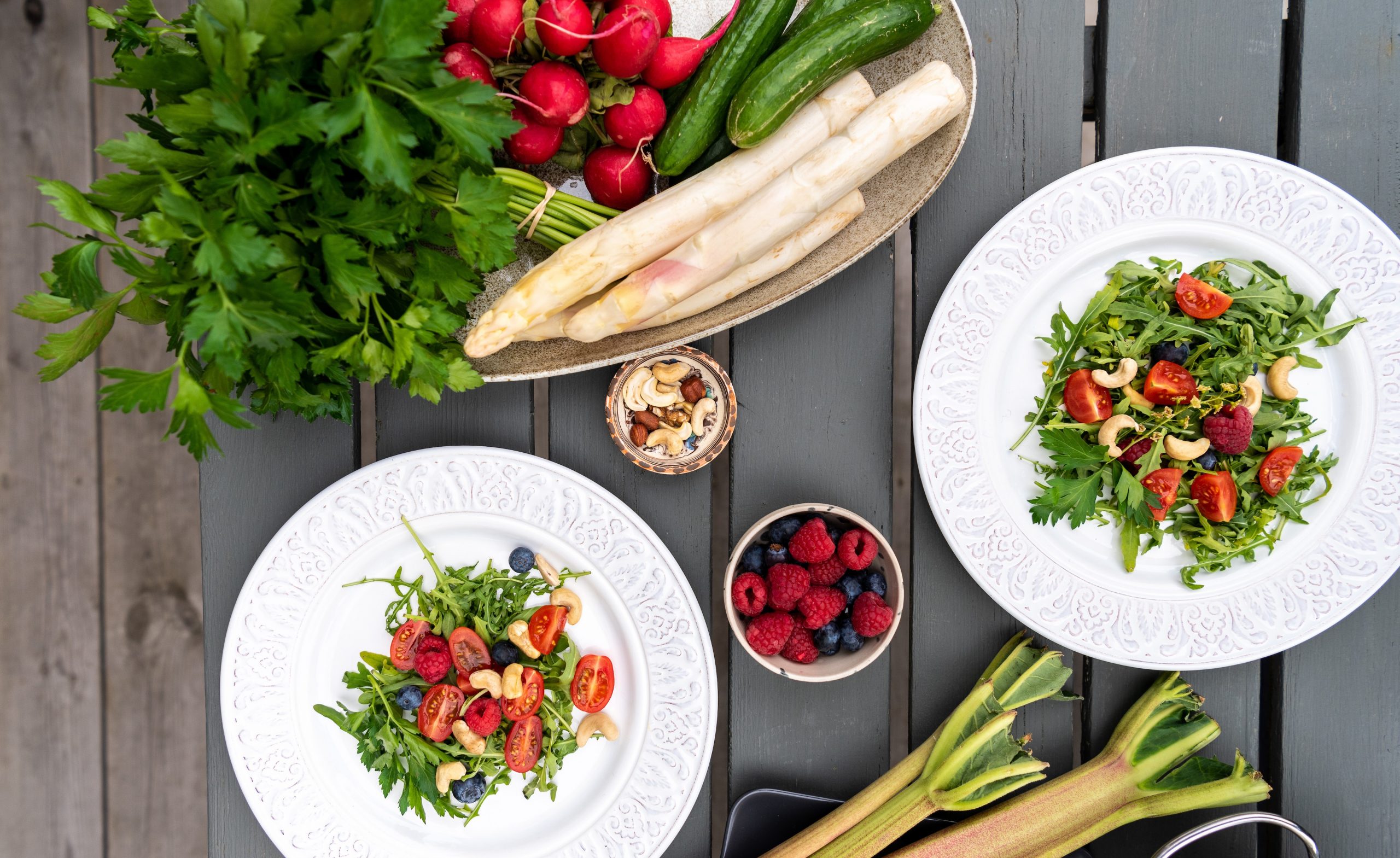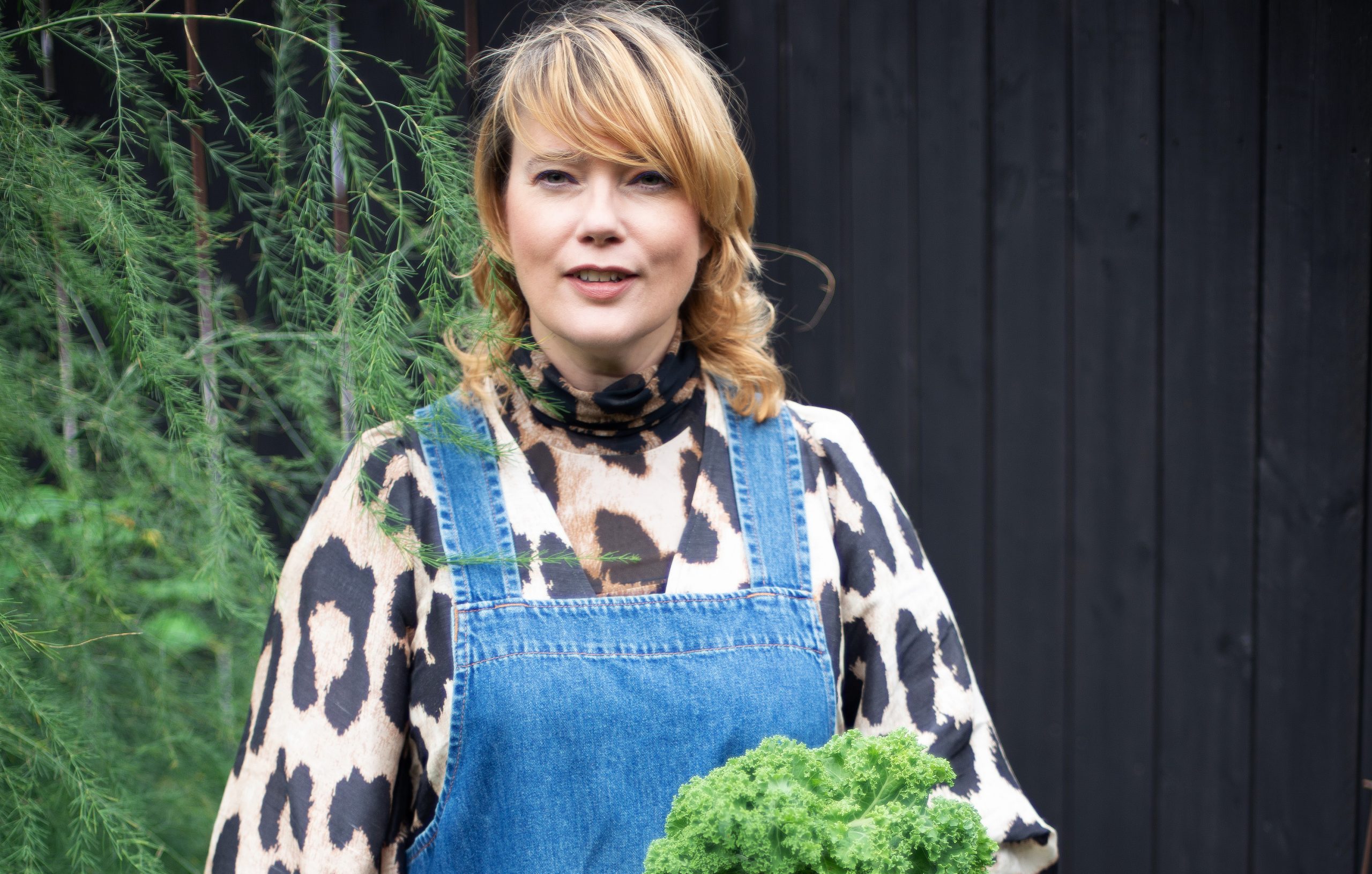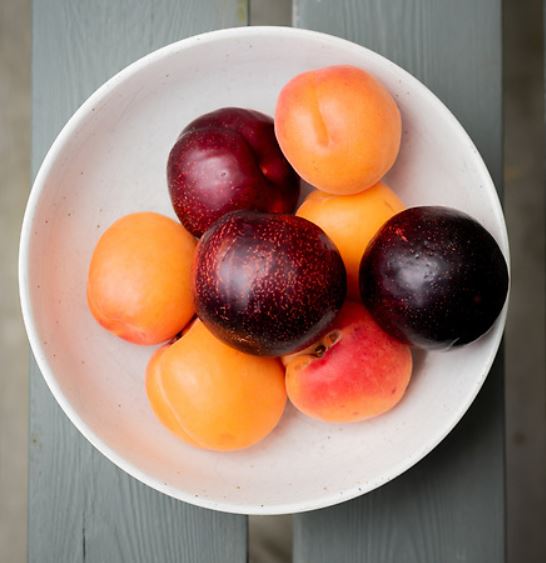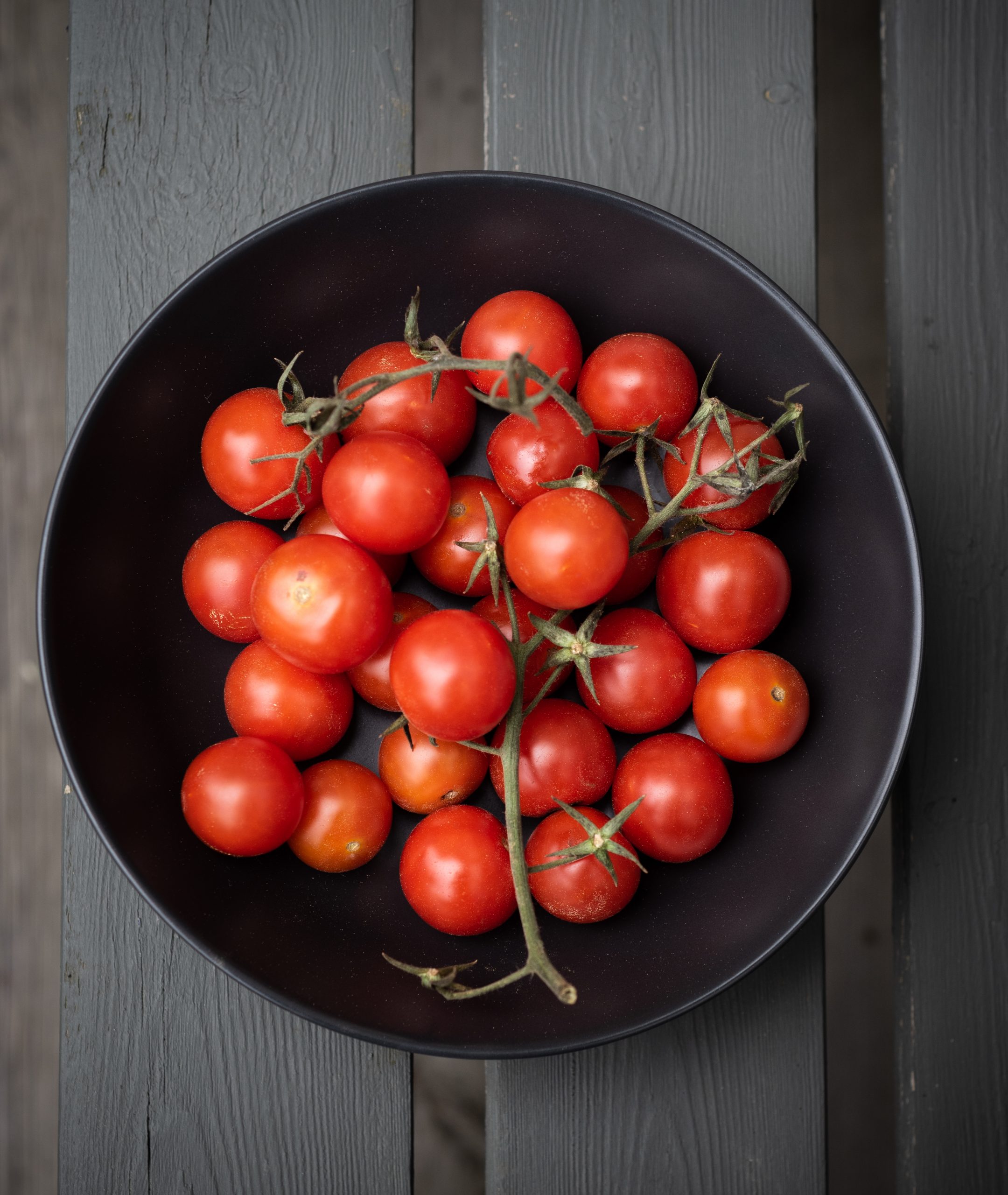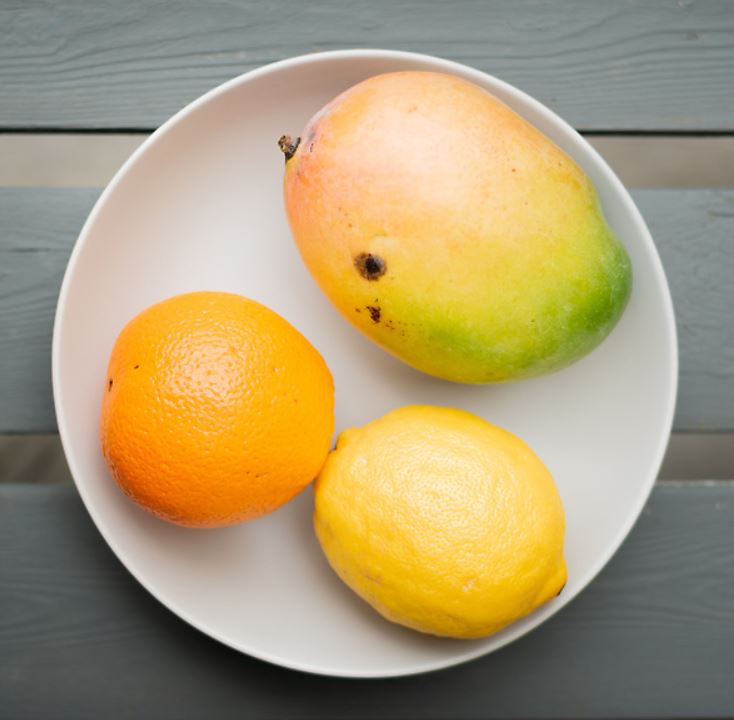Even small spaces can produce big rewards. Designer Sara Hallin Sandström has transformed her modest garden at her town house in central Malmo into a vegetable-growing haven. It’s a feast for both her tastebuds and her soul.
What’s in your garden and why do you enjoy ‘growing your own’?
All kinds of stuff, from asparagus, zucchini and broad beans, to tomatoes, kale and aubergines. I like to experiment with new things and this year I am trying sweet potatoes. The reward is knowing that what you’re eating is really healthy, clean and the taste is so much better.
For example, you should preferably eat asparagus within 30 minutes of cutting – you can’t even begin to compare the super sweet and crisp taste in comparison with a harvest that’s been transported and eaten weeks later.
Were you always a green-fingered gardening guru?
No! But having grown up in the north of Sweden I have always been close to nature, and when I moved to Skåne in the south I was fascinated by how much you can actually grow here. I basically learned as I went along and it’s become a passion. I follow a lot of people on Instagram, read a lot of blogs and find that people are willing to help and inspire each other. Because it can be a labor of love – but it’s so worth it.
What advice would you give to complete beginners?
Start small and choose something you like to eat. I started growing tomatoes and it’s amazing to pick your own, warm from the sun, super sweet and with so much flavor. You don’t even need a garden really – you can grow smaller varieties in pots in your windrow or on a balcony. There’s a lot of reward and they’re quite easy to grow.
Same goes for cucumbers; sprouts are easy and really nutritious too and herbs can be grown all year round.
Has growing your own vegetables influenced the way you eat?
Absolutely! I am a real foodie and have long-been into cooking but it’s made me so much more aware of ingredients and totally changed my way of eating. I still eat meat – perhaps once a week – and still enjoy it but I mainly cook and eat plant-based meals – so many more vegetables than before.
I also love the tranquility. After sitting all day in front of the computer, it’s incredibly relaxing to be in the garden, using your hands, hearing the birds and really connecting to nature – even when living in the middle of a city.
Follow Sara on Instagram and check out her blog – life of a gardenista – here
